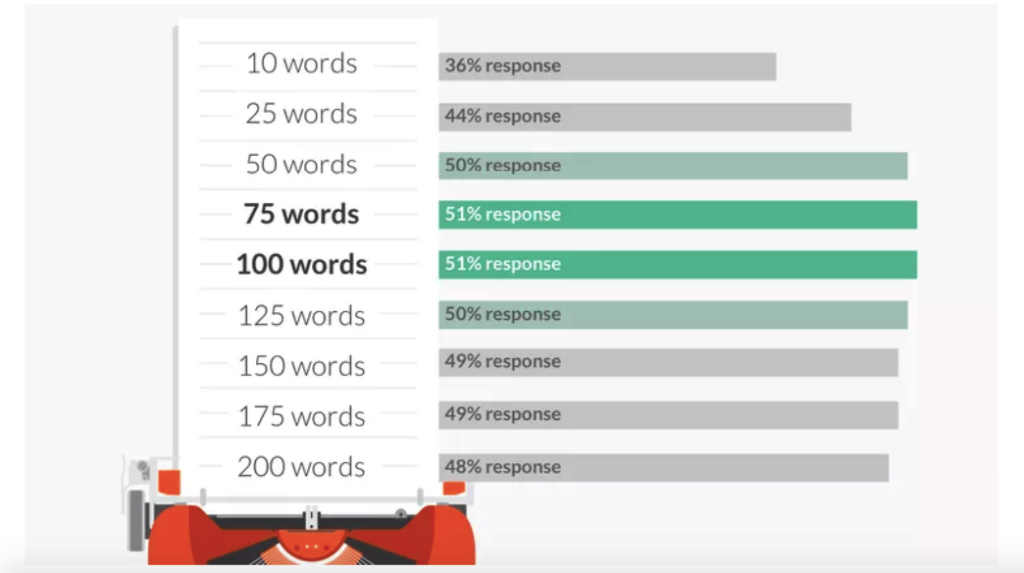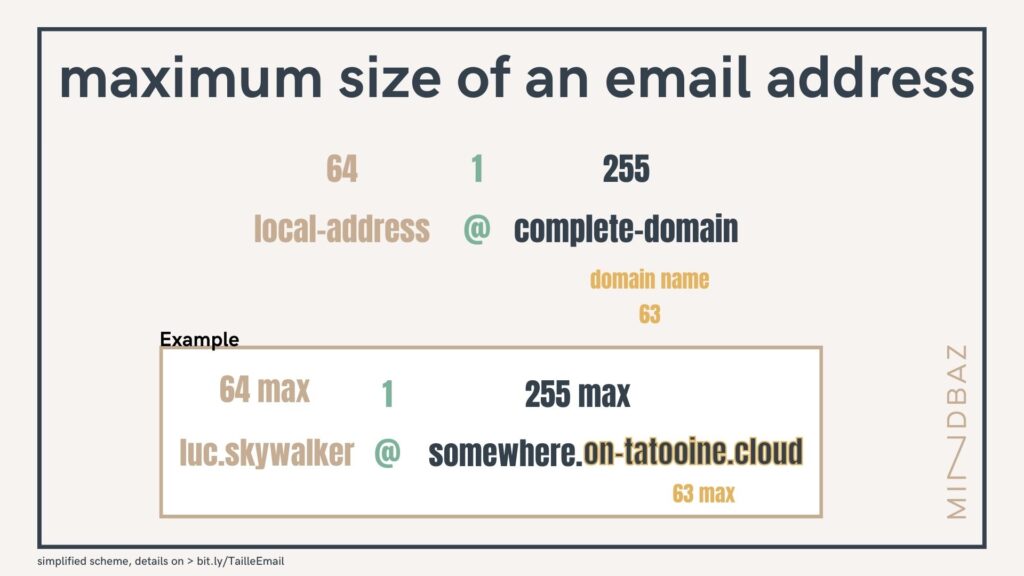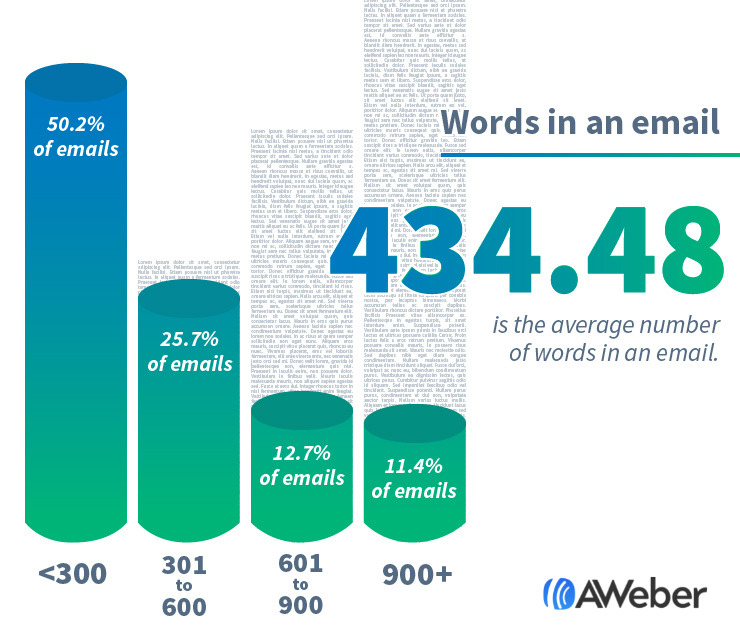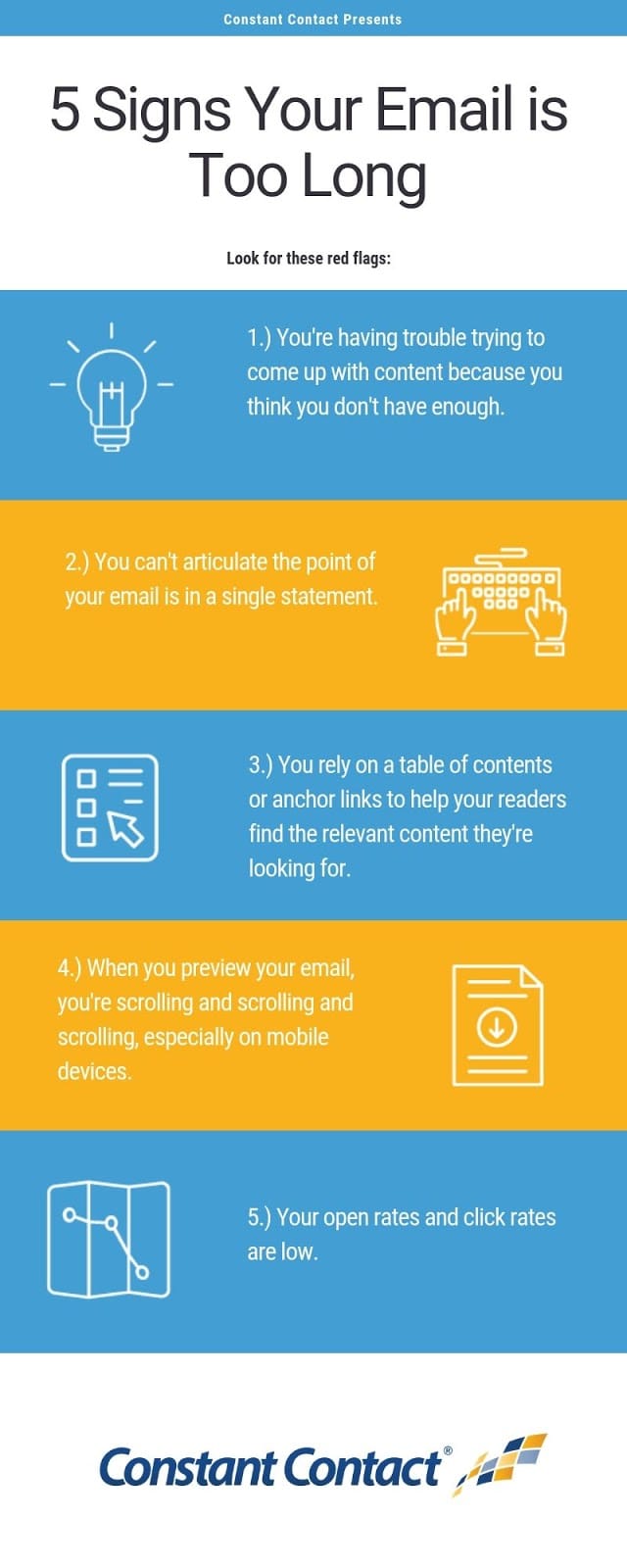An email can be as long as you need it to be. However, keeping it concise is often best.
Emails are a vital part of our daily communication. Whether for business or personal use, knowing the ideal length can make a big difference. Too long, and readers may lose interest; too short, and you might miss important details. Striking the right balance is key.
In this blog post, we’ll explore the factors that determine the best email length. We will also share tips on how to craft emails that get read and responded to. By understanding the nuances of email length, you can improve your communication skills and achieve better results. Let’s dive in and discover how to make your emails both effective and engaging.
Ideal Email Length
Email communication is essential in today’s digital world. The length of an email can impact how it’s received and understood. Understanding the ideal email length can help ensure your message is clear and effective. This section provides insights into the best practices for crafting emails of optimal length.
Purpose And Context
The purpose and context of your email determine its length. An email to a colleague about a project update will be different from a newsletter to customers. Consider the recipient’s expectations and the email’s goal.
For quick updates, keep your message brief. For detailed information, a longer email may be necessary. Always aim for clarity and conciseness.
General Guidelines
As a general rule, keep emails between 50 to 125 words. This range is easy to read and understand. It respects the recipient’s time. For emails that require more detail, try to stay under 200 words.
Break up longer emails with short paragraphs. Use bullet points for key information. This makes your email easier to scan. A clear and direct subject line also helps.
Subject Line Impact
The subject line of an email holds significant power. It can determine whether your email gets opened or ignored. Crafting the right subject line can boost your email’s effectiveness and engagement.
Crafting Effective Subject Lines
Creating a compelling subject line requires thought and strategy. It should grab attention and spark curiosity. Use action words and keep the message clear. Avoid clickbait as it can lead to mistrust. Personalize the subject line when possible. This increases the likelihood of the email being opened.
Length Recommendations
Subject lines should be concise. Aim for around 40-60 characters. This length ensures readability on various devices. If the subject line is too long, it might get cut off. Shorter subject lines often perform better. They are quick to read and easier to grasp.
Keep testing different lengths. Find out what works best for your audience. Pay attention to open rates and engagement metrics. Adjust the length based on feedback and results.
Email Body Content
Writing an effective email can be challenging. The body content is crucial—it’s where you communicate your message. But how long should it be? Let’s dive into this by examining conciseness versus detail and how to balance information.
Conciseness Vs. Detail
Keeping your email concise is essential. Long emails can overwhelm your reader. They might skim through or miss important points.
However, being too brief can leave out vital information. You need to find a middle ground. Think about what’s necessary for your reader to understand your message.
For example, if you’re announcing a team meeting, include the date, time, and agenda. But skip unnecessary details like the history of meetings.
Balancing Information
Striking the right balance in your email body content is key. Too much information can be as bad as too little. Consider what your reader needs to know.
Use bullet points to make your email more readable. They help highlight important information without overwhelming your reader.
Think about your own experiences. Have you ever received an email so packed with details that you lost interest halfway through? Avoid that by prioritizing clarity and relevance.
What’s your approach to writing emails? Do you prefer detailed explanations or concise summaries? Share your thoughts in the comments!

Credit: www.drip.com
Audience Considerations
Consider your audience’s needs when deciding email length. Keep it short and to the point. Long emails may lose interest.
When considering how long your email should be, it’s crucial to think about your audience. Who are you writing to? What are their preferences? Understanding this can significantly impact the effectiveness of your email communication.
Recipient Preferences
Different people have different preferences when it comes to email length. Some recipients prefer short and concise messages.
Others might appreciate detailed explanations. Before hitting send, think about what your recipient is likely to prefer.
If you’re not sure, try asking them directly. A quick question about their email preferences can save you a lot of guesswork.
Segmenting Audiences
Segmentation is a powerful tool. By grouping your audience based on characteristics like job role or interests, you can tailor your emails more effectively.
For instance, your technical team may appreciate detailed updates. In contrast, your marketing team might prefer high-level summaries.
Using tools like email marketing software can help you segment your audience. This way, you can ensure that each group gets the type of email they prefer.
Understanding your audience’s preferences is key to crafting effective emails. So, how will you tailor your next email to meet their needs?
Mobile Optimization
In today’s fast-paced world, mobile optimization is crucial for email marketing success. With over half of all emails being opened on mobile devices, ensuring your emails look good and are easy to read on small screens is essential. Let’s dive into some key considerations.
Reading On Small Screens
Reading emails on a mobile device can be challenging. Small text, large images, and lengthy paragraphs can make it difficult for readers to engage with your content.
Consider shortening your emails. Aim for concise, clear messages that get straight to the point. Keep paragraphs short and use bullet points to break up text.
Think about how your email will appear on a phone. Test your emails on different devices to ensure they are easy to read and navigate.
Responsive Design Tips
Responsive design ensures your email adapts to different screen sizes. This means your email will look good whether it’s opened on a desktop, tablet, or smartphone.
Use a single-column layout. This makes it easier for readers to scroll through your email on a small screen.
Make sure your call-to-action buttons are large and easy to tap. A button that’s too small can be frustrating for mobile users.
Images should be optimized for mobile devices. Large images can slow down load times and may not display correctly on all devices.
Have you ever received an email that was difficult to read on your phone? Remember that experience and make sure your emails don’t cause the same frustration for your readers.
What steps will you take to improve your email’s mobile optimization today? By focusing on these tips, you can create emails that are engaging and easy to read on any device.

Credit: www.mindbaz.com
Call To Action
A Call to Action (CTA) is a crucial element in any email. It guides your readers on the next steps. A clear and compelling CTA can boost engagement. It can also improve conversion rates.
Placement And Clarity
Where you place your CTA matters. It should be easy to find. Place it at the end of your email or after a key message. This ensures it catches the reader’s attention.
Clarity is vital. Use simple and direct language. Avoid jargon or complex phrases. Your readers should know what action to take. Use action words like “buy,” “sign up,” or “learn more.”
Length And Impact
The length of your CTA can affect its impact. Keep it short. A few words are enough. Long CTAs can confuse the reader. They may miss the point.
Make your CTA stand out. Use bold text or a button. This makes it more noticeable. A well-placed, clear, and concise CTA can drive better results.
Visual Elements
Visual elements play a vital role in email design. They break up long blocks of text. They also make emails more engaging. Including images, graphics, and other visual content can capture the reader’s attention. This improves the overall user experience.
Using Images And Graphics
Images and graphics can convey messages quickly. They appeal to the reader’s visual senses. Choose high-quality images that relate to your content. Avoid large files that slow down loading times. Compress images to ensure fast loading.
Relevant graphics enhance understanding. Infographics, charts, and icons can highlight key points. They make complex information easy to digest. Always provide descriptive alt text for images. This helps users who rely on screen readers.
Text To Visual Ratio
Maintaining a good text to visual ratio is essential. Too many images can overwhelm the reader. Too much text can make the email look boring. Balance is key. A common approach is the 60/40 rule. Sixty percent text and forty percent visuals.
Ensure that visuals complement the text. They should add value and not distract. Use headings and bullet points to break up text. This improves readability and keeps the reader’s interest. Always test your email design on various devices. This ensures that your visual elements display correctly.
Testing And Feedback
Testing and feedback are crucial elements in determining the optimal length of an email. They help you understand what works best for your audience. By experimenting with different email lengths, you can gather valuable insights that improve your email strategy.
A/b Testing Strategies
Start with A/B testing to compare different email lengths. Create two versions of your email: one short and one long. Send these versions to small segments of your audience.
Use tools like Mailchimp or HubSpot for this purpose. They offer easy-to-use A/B testing options. Monitor which version gets better engagement.
Think about your audience’s preferences. Maybe your subscribers prefer concise emails, or perhaps they want detailed information. Testing helps you find out.
Analyzing Results
Once you have the data, analyze the results. Look at open rates, click-through rates, and conversion rates. These metrics tell you which email length is more effective.
If the shorter email has higher engagement, it might be the better choice. However, if the longer email leads to more conversions, consider using detailed content.
Don’t forget to ask your audience for feedback. Sometimes direct feedback offers insights that data alone can’t provide.
Have you ever wondered why some emails grab your attention while others don’t? Testing and feedback can answer this for you. Try different strategies and see what works best for your audience. Your email strategy should evolve based on these insights.

Credit: blog.aweber.com
Frequently Asked Questions
Is 500 Words In An Email Too Long?
Yes, 500 words in an email can be too long. Aim for concise, clear communication. Keep emails brief for better engagement.
How Long Is Too Long For An Email?
An email longer than 200 words is often too long. Keep it concise, clear, and to the point.
Is 300 Word Email Too Long?
A 300-word email can be too long for most readers. Aim for 100-150 words to keep it concise and engaging. Focus on key points to maintain attention.
Is 1000 Words Too Long For An Email?
Yes, 1000 words is too long for an email. Aim for concise communication, ideally under 300 words, for better engagement.
Conclusion
Crafting the perfect email length takes practice. Shorter emails are easier to read. Longer emails can include more details. Always consider your audience’s time. Keep sentences clear and concise. Avoid overly technical jargon. Stay focused on the main message. This ensures your email remains effective.
Happy emailing!
